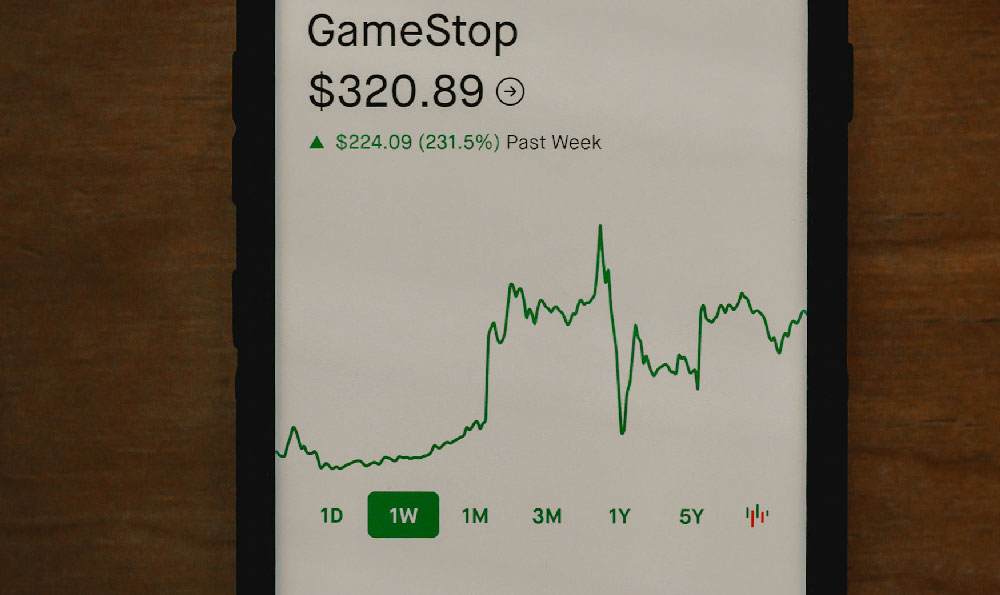The allure of a laundromat as an investment stems from its seemingly recession-proof nature. People will always need clean clothes, regardless of the economic climate. This consistent demand forms the bedrock of the argument for laundromats as sound investments. However, the reality, as with any investment, is nuanced and requires a thorough evaluation before committing capital.
One of the most compelling arguments in favor of laundromat investment lies in its potential for passive income. Once established and properly managed, a laundromat can generate cash flow with minimal active involvement from the owner. Modern machines are often equipped with remote monitoring capabilities, allowing owners to track revenue, machine performance, and even customer traffic from afar. This allows for a level of detachment not typically found in more labor-intensive businesses. Furthermore, the reliance on coin or card payments eliminates the need for complex accounts receivable management, simplifying the financial aspect of the business.
The potential for high returns is another attractive feature. A well-run laundromat can generate significant profits, especially in areas with high population density, limited access to in-unit laundry facilities, and a steady stream of customers. The markup on water, electricity, and detergent is substantial, allowing for healthy profit margins. Moreover, there's an opportunity to increase revenue by offering supplementary services like wash-and-fold, dry cleaning drop-off, vending machines, and even Wi-Fi access. These ancillary services can diversify the income stream and cater to a wider range of customer needs.

However, the path to laundromat ownership isn't without its obstacles. The initial investment can be substantial. Acquiring an existing laundromat often involves a significant purchase price, while building one from scratch requires considerable capital expenditure on equipment, real estate, and permits. Even with an existing business, upgrades to more energy-efficient machines or renovations to improve the overall customer experience can add to the financial burden. Securing financing can also be a challenge, as lenders may view laundromats as a high-risk investment, especially if the business is located in a less desirable area.
Beyond the financial hurdles, operational challenges can also impact profitability. Equipment maintenance is an ongoing concern. Washing machines and dryers are subject to heavy usage and require regular servicing to prevent breakdowns and ensure optimal performance. Unexpected repairs can be costly and disruptive, potentially impacting customer satisfaction and revenue. Similarly, utility costs, particularly water and electricity, can be a significant expense, especially in areas with high utility rates. Implementing energy-saving measures, such as installing energy-efficient machines and optimizing water usage, is crucial for controlling costs.
Furthermore, competition from other laundromats, apartment complexes with on-site laundry facilities, and even emerging laundry delivery services can erode market share. Maintaining a competitive edge requires a proactive approach, including offering competitive pricing, providing a clean and inviting environment, and implementing effective marketing strategies. Location is paramount. A laundromat located in a high-traffic area with limited competition and a strong demographic base is more likely to succeed than one situated in a less desirable location.
Security is another important consideration. Laundromats are often targets for theft and vandalism, requiring investment in security measures such as surveillance cameras, alarm systems, and adequate lighting. Addressing these security concerns is essential for protecting the business and ensuring the safety of customers.
The management aspect of a laundromat, while seemingly simple, also requires attention. Even with remote monitoring capabilities, occasional on-site visits are necessary to address customer complaints, handle cash transactions, and ensure the overall smooth operation of the business. Hiring reliable staff can be a challenge, particularly in areas with high employee turnover. Implementing clear procedures, providing adequate training, and offering competitive wages are crucial for attracting and retaining quality employees.
Before investing in a laundromat, a thorough due diligence process is essential. This includes a comprehensive review of the business's financial records, including revenue, expenses, and profit margins. A physical inspection of the equipment and premises is also crucial to assess its condition and identify any potential maintenance or repair issues. A market analysis should be conducted to assess the level of competition, the demographic characteristics of the surrounding area, and the potential for growth. Finally, it's advisable to seek advice from experienced laundromat owners, industry consultants, or financial advisors to gain valuable insights and guidance.
In conclusion, whether a laundromat is a good investment depends on a variety of factors, including the initial investment cost, the operational efficiency of the business, the level of competition, and the management skills of the owner. While the potential for passive income and high returns is attractive, it's important to carefully weigh the risks and challenges involved. A well-researched and carefully managed laundromat can be a profitable investment, but it's not a guaranteed path to riches. A prudent investor will conduct thorough due diligence, develop a solid business plan, and be prepared to address the inevitable challenges that arise along the way. The key is to approach the investment with a clear understanding of the potential risks and rewards and to develop a strategy for maximizing profitability and minimizing risk.












